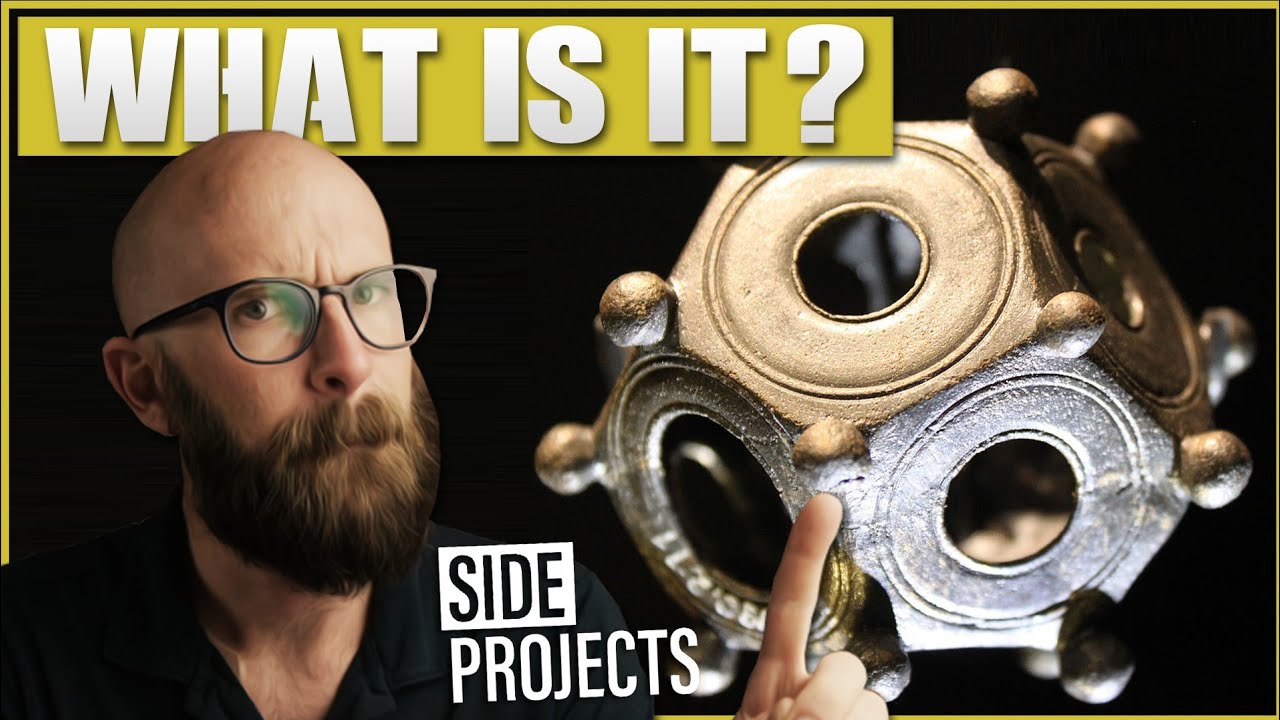More than a hundred hollow dodecahedrons, mostly cast from bronze, with various sized circular holes in the pentagonal faces and round knobs at the vertices, have been found all around Europe, mostly at Gallo-Roman sites in Germany and France. They date from the 2nd through 4th centuries A.D. and their purpose remains an utter mystery.
Wikipedia says of Roman dodecahedrons:
No mention of dodecahedrons has been found in contemporary accounts or pictures of the time.
Speculative uses include as a candlestick holder (wax was found inside two examples); dice; survey instruments for estimating distances to (or sizes of) distant objects; devices for determining the optimal sowing date for winter grain; gauges to calibrate water pipes, legionary standard bases, or a coin measuring device for counterfeit detection. Several dodecahedra were found in coin hoards, providing evidence that their owners either considered them valuable objects, or believed their only use was connected with coins.
Use as a measuring instrument of any kind seems improbable since the dodecahedra were not standardized: They come in many sizes and arrangements of their openings.
Cue the art major archæologists opining that they were for “ceremonial purposes”.
